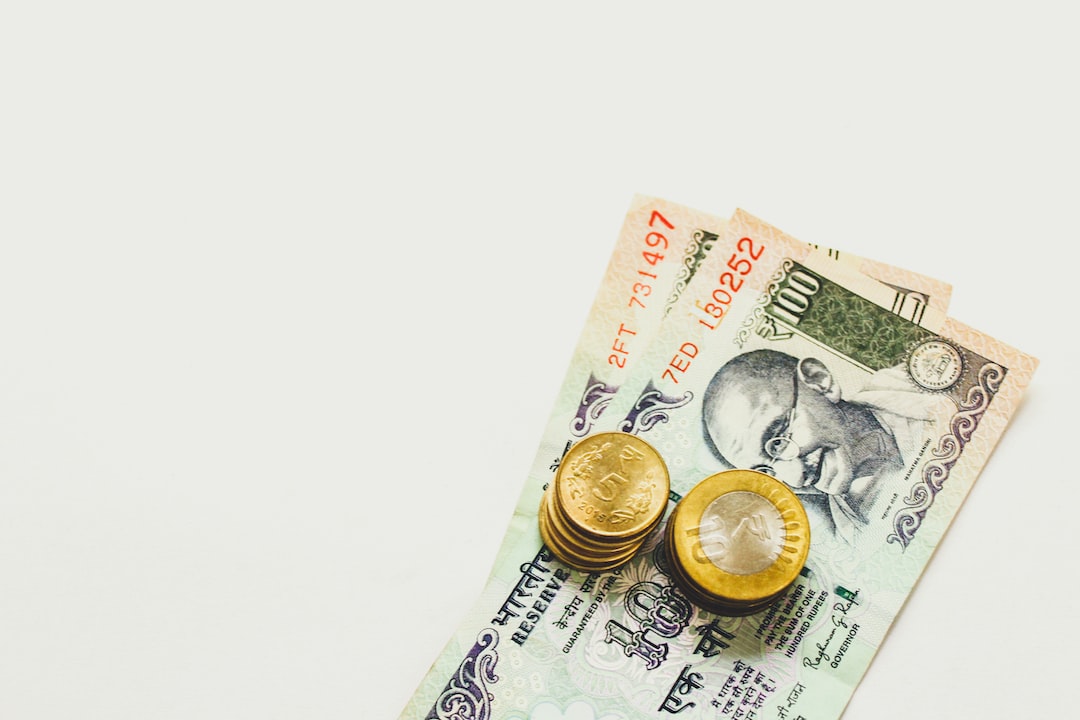Leverage is a powerful tool in the world of forex trading. It allows traders to increase their potential profits by using borrowed funds to open larger positions in the market. However, leverage also comes with significant risks, and it is essential for traders to understand how it works before using it in their trading strategy.
In forex trading, leverage is expressed as a ratio between the amount of capital a trader has and the amount of funds they can borrow from their broker. For example, if a trader has $1,000 in their trading account and a leverage ratio of 1:100, they can open positions worth up to $100,000.
The use of leverage allows traders to control larger positions in the market with a smaller amount of capital. This means that traders can potentially earn larger profits from their trades if the market moves in their favor. For example, if a trader has a leverage ratio of 1:100 and opens a position worth $100,000, a 1% move in the market would result in a $1,000 profit or loss, depending on the direction of the trade.
However, leverage also amplifies the risks associated with forex trading. If the market moves against the trader, the losses can also be significant. Using the same example as above, a 1% move against the trader would result in a $1,000 loss. If the trader’s account balance is not sufficient to cover these losses, they may face a margin call from their broker, which could lead to the closure of their position.
It is important for traders to understand the risks of using leverage and to manage their risk carefully. This includes setting stop-loss orders to limit potential losses and avoiding over-leveraging their positions.
Traders should also be aware of the margin requirements set by their broker. Margin is the amount of capital that traders are required to have in their account to open and maintain positions. The margin requirement varies depending on the leverage ratio and the trading instrument being used. For example, a currency pair with high volatility may require a higher margin than a less volatile pair.
Brokers may also set different margin requirements for different account types or for traders from different regions. Traders should check their broker’s margin requirements carefully before using leverage in their trading strategy.
In summary, leverage is a powerful tool in forex trading that allows traders to control larger positions in the market with a smaller amount of capital. However, it also amplifies the risks associated with trading, and traders should manage their risk carefully and be aware of their broker’s margin requirements. Understanding how leverage works is essential for any forex trader looking to use it in their trading strategy.





